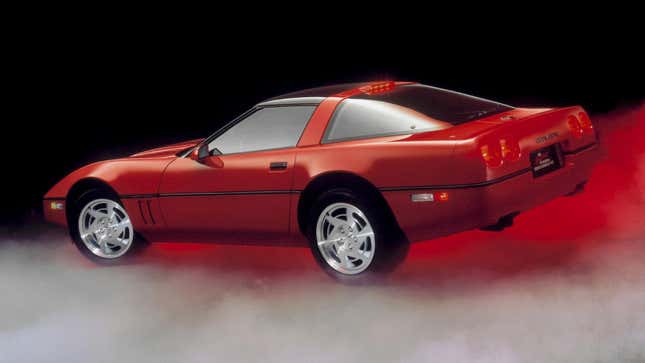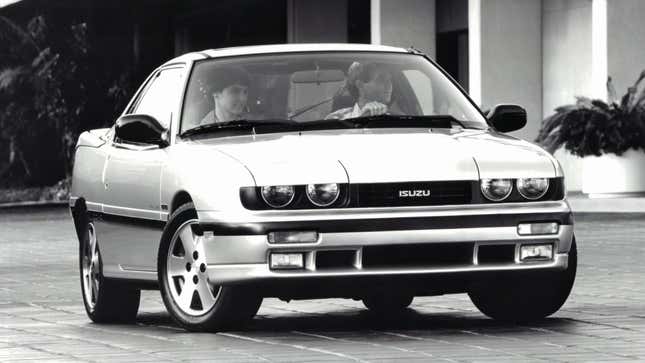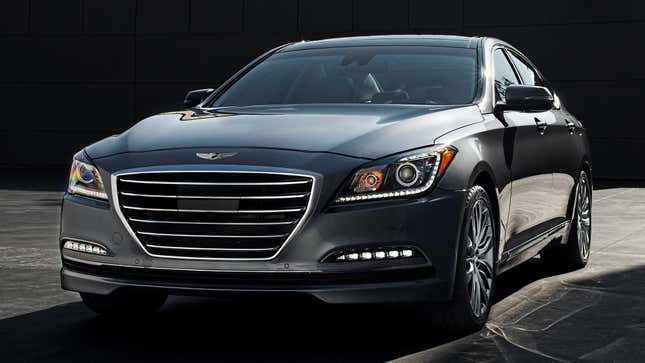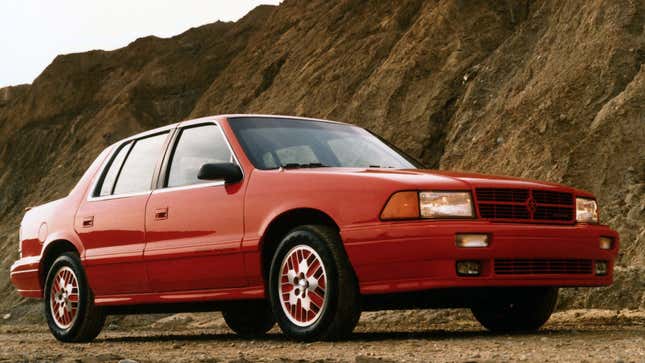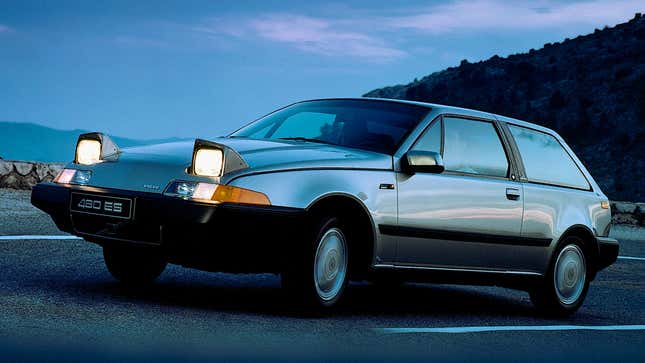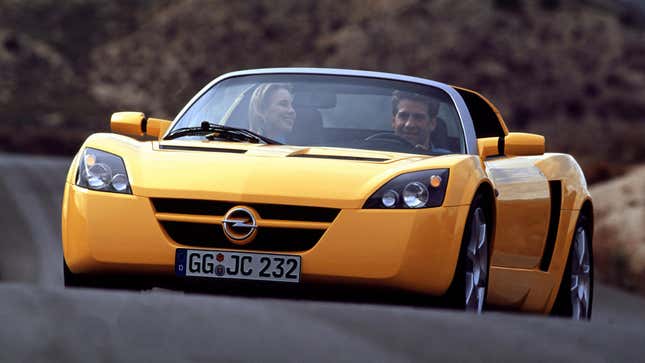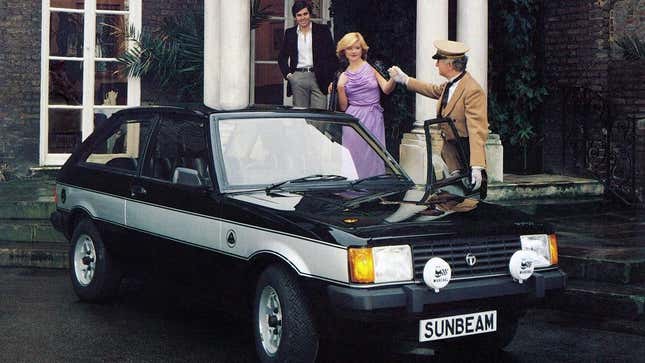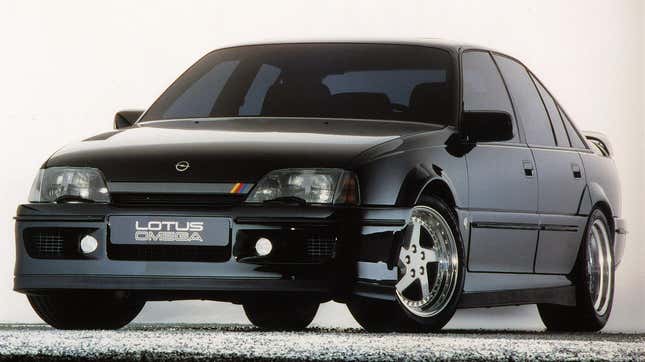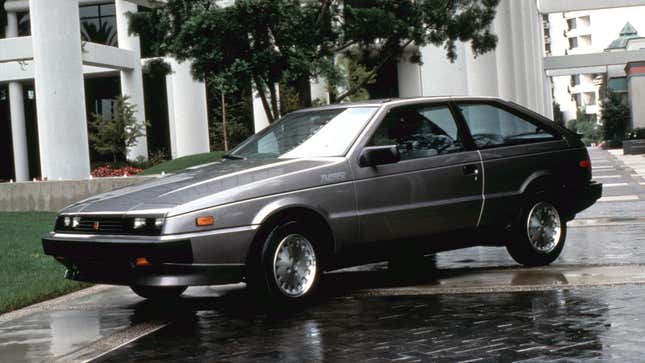
Lotus has struggled to reinvent itself for the last two decades, but it seems the current rebirth might be the one that sticks. Backed by Geely, the British automaker now has the capital to reinvest in its bread-and-butter sports cars, products like the new Emira, while also expanding to decidedly un-Lotus categories, like SUVs, sedans and all-electric hypercars that weigh as much as planets. No, none of those things are central to the brand’s identity, but they are the kinds of vehicles you must build if you want to be a viable carmaker in this brave new world.
At this exciting juncture in the company’s history, we thought it’d be fun to revisit occasions when the Hethel-based manufacturer shared its engineering knowhow with other marques. Much like Porsche, Lotus used to do that sort of thing a lot. And, much like Porsche, these collaborations produced some pretty unlikely results.
